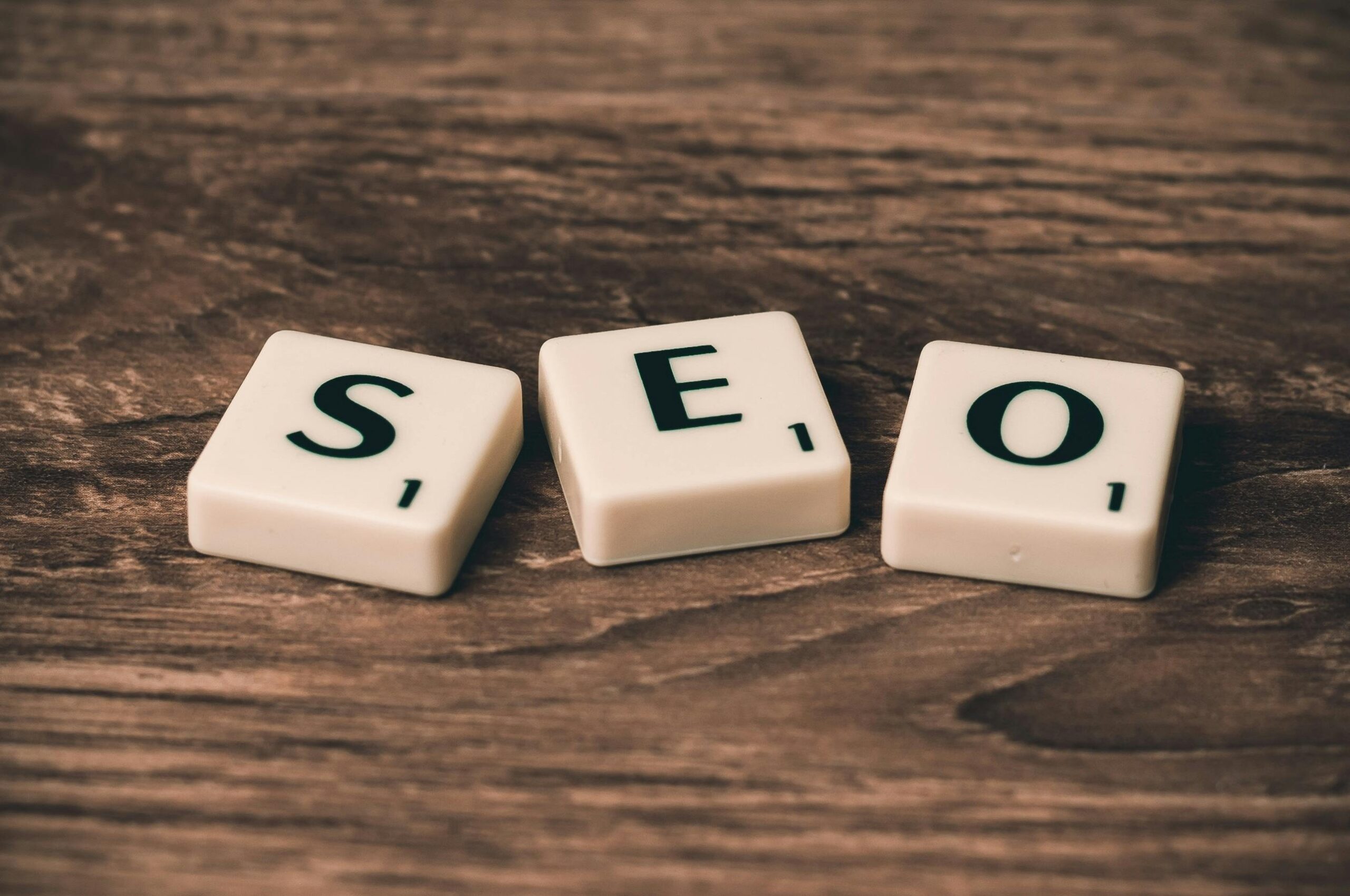Search Engine Optimization (SEO): The Key to Online Visibility
In today’s digital age, having a website is just the beginning. With millions of websites competing for attention, how do you make sure your target audience finds you? The answer lies in Search Engine Optimization (SEO) — a powerful strategy that improves your website’s visibility in search engine results, driving more traffic, leads, and sales.
What is SEO?
Search Engine Optimization (SEO) is the process of enhancing your website to rank higher on search engine results pages (SERPs) like Google, Bing, and Yahoo. The higher your pages rank, the more likely people are to visit your site.
SEO involves a combination of technical setup, content strategy, keyword optimization, and link building, all designed to help search engines understand and recommend your content to users.
Why is SEO Important?
- Increased Visibility and Traffic: Higher rankings mean more visibility, which leads to more organic traffic — visitors who find your site through unpaid search results.
- Credibility and Trust: Users trust search engines. Ranking highly signals to users that your site is trustworthy and authoritative.
- Cost-Effective Marketing: Unlike paid ads, SEO focuses on long-term organic growth. Once optimized, your content can drive traffic for months or even years.
- Better User Experience: SEO encourages better site architecture and mobile-friendliness, making your site more user-friendly.
Key Components of SEO
- On-Page SEO
- Keyword research and placement
- High-quality, original content
- Meta titles and descriptions
- Internal linking and URL structure
- Off-Page SEO
- Backlinks from reputable websites
- Social media signals
- Online reviews and brand mentions
- Technical SEO
- Mobile optimization
- Fast page loading speed
- Secure website (HTTPS)
- Crawlability and indexing
- Local SEO(for businesses targeting local customers)
- Google Business Profile optimization
- Local citations
- Reviews and local backlinks
How to Get Started with SEO
- Audit Your Website: Use tools like Google Search Console or SEMrush to identify SEO issues.
- Find the Right Keywords: Understand what your audience is searching for using keyword research tools.
- Optimize Content: Create valuable content that answers your audience’s questions and includes relevant keywords.
- Improve Site Performance: Ensure fast loading times, mobile compatibility, and easy navigation.
- Build Backlinks: Reach out to relevant websites for guest posts, collaborations, or mentions.
SEO is a Long-Term Investment
SEO is not a quick fix — it’s a long-term strategy. Unlike paid advertising, where traffic stops when the budget runs out, SEO provides sustainable growth. With consistent effort, your rankings and traffic will increase, delivering ongoing results for your business.

